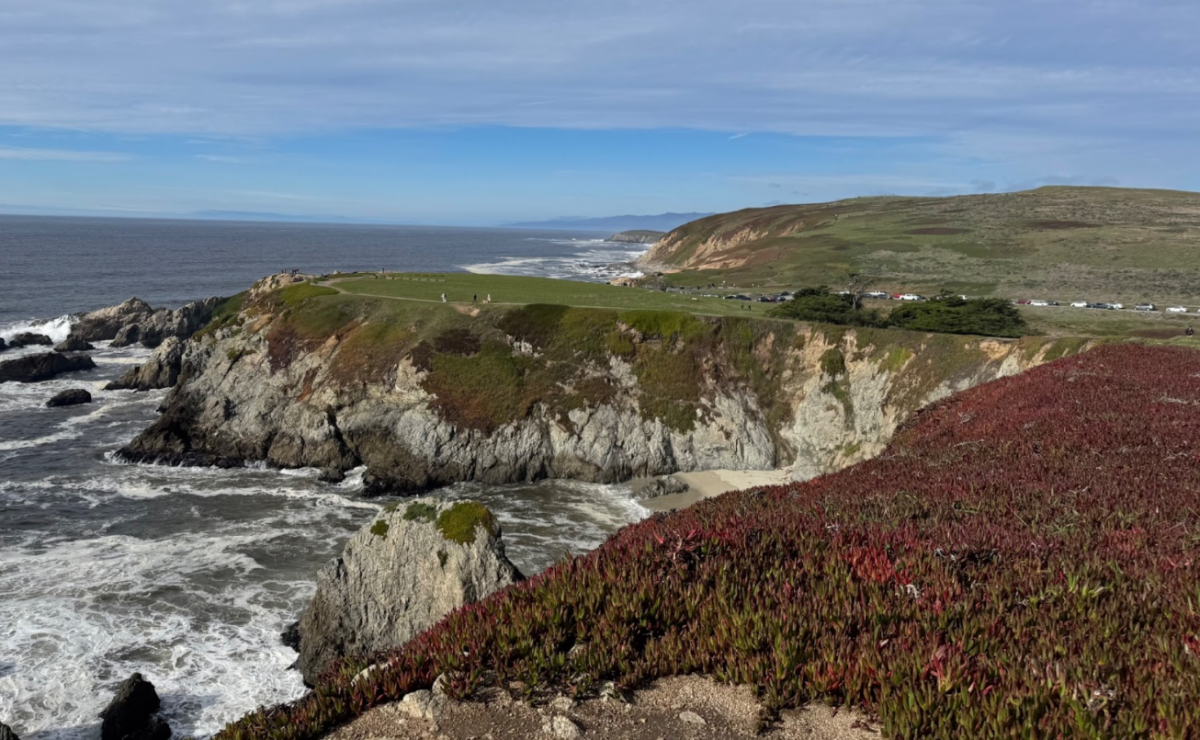As temperatures drop and snow blankets the ground, animals must find ways to survive in harsh conditions. Cold weather forces them to use more energy to maintain their body heat, which can be exhausting, especially when food is scarce. Thick layers of snow can hide plants and seeds, making it difficult for animals to forage. Frozen lakes and rivers limit access to water, forcing them to look for alternative sources.
Despite these challenges, animals have developed incredible adaptations to endure winter. Many birds, like geese and swallows, migrate to warmer regions during this season. Among 305 North American bird species studied, the average abundance of birds moved north by more than 40 miles in 1966 and 2013. By traveling hundreds or even thousands of miles, they find places with more abundant food and milder climates. Some mammals, like bears and groundhogs, hibernate during winter. Animals also adapt physically to withstand the cold. For example, some mammals grow thicker fur coats in winter for extra insulation. Wood frogs can survive being frozen solid by producing a chemical that acts as an antifreeze to their cells. Arctic foxes even change color from brown to white, providing camouflage in snowy environments.

However, climate change affects winter weather patterns and poses new challenges for animals. In some areas, winters are becoming milder with less snow. While this might seem beneficial initially, it can disrupt natural cycles. For instance, ticks and other pests may survive in greater numbers without the cold to keep them in check, which poses health risks to animals. Climate change can also lead to more extreme weather events, such as sudden cold periods or unseasonably warm periods. These changes can confuse animals’ natural instincts, affecting migration or interrupting hibernation.
Winter weather presents significant challenges for animals, but their remarkable adaptations showcase nature’s resilience. Understanding these survival strategies helps us learn the balance of ecosystems and the importance of protecting wildlife in a changing world.




























